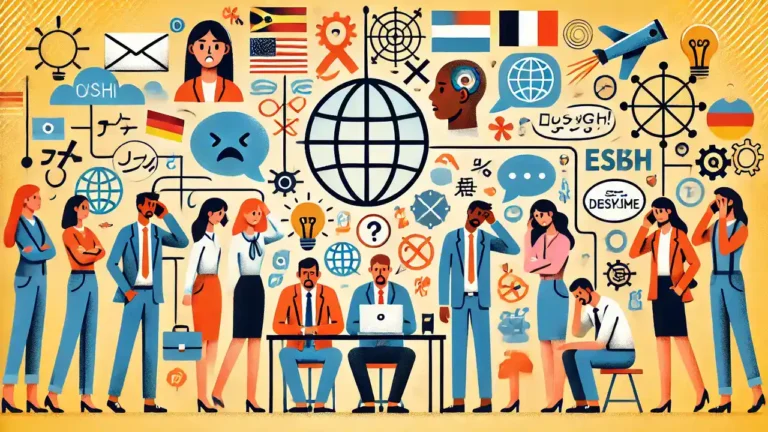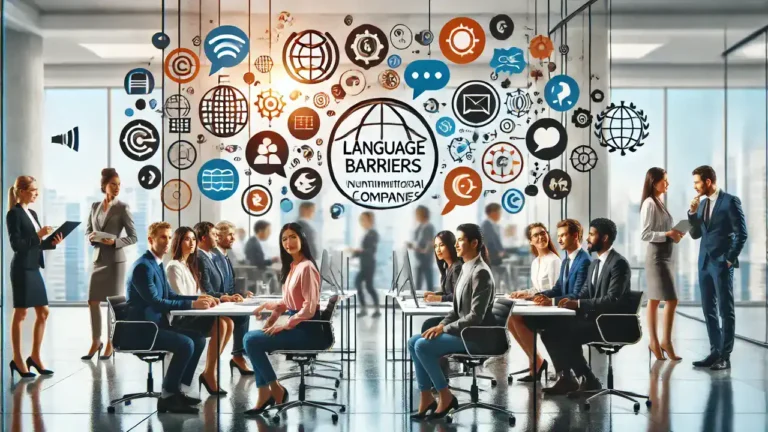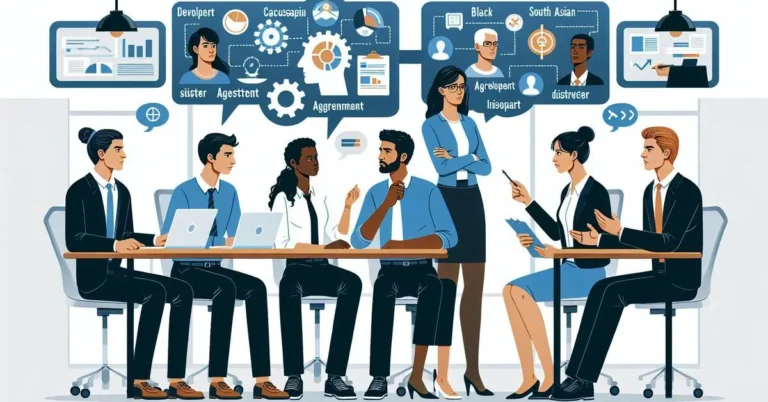External Barriers of Communication
Have you ever been in a meeting where your internet keeps cutting out, or tried to talk to someone in a noisy café and just gave up? In today’s world, we rely on clear communication more than ever, but it isn’t always easy. There are many outside factors—things we can’t always control—that can make conversations confusing or frustrating.
These “external barriers” get in the way even when we try our best. You might struggle to hear someone over loud traffic, miss part of an important email because of a bad internet connection, or misunderstand a coworker because you’re working from different time zones. The big question is: What exactly are these external barriers to communication, and how do we deal with them in real life? Let’s break it down and see some practical ways to work around these common roadblocks.
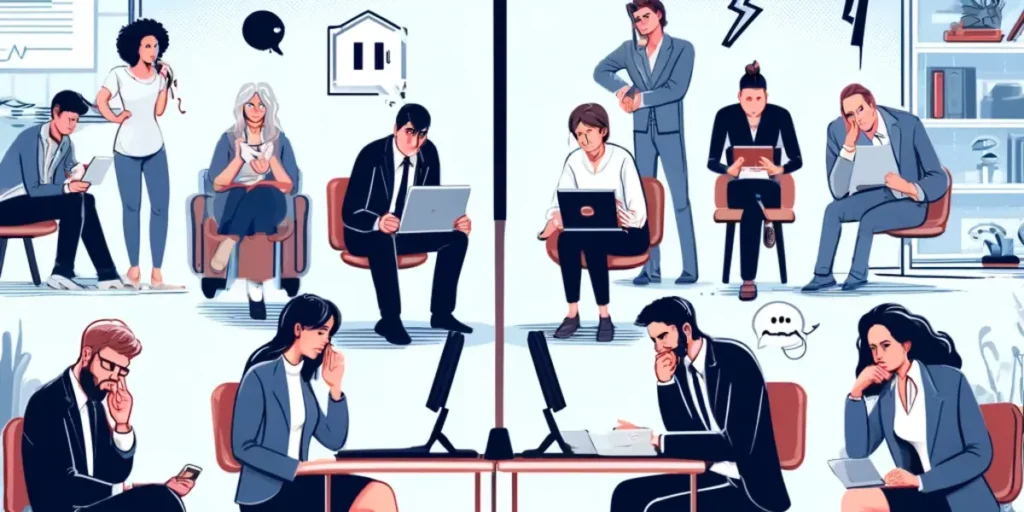
What Are External Barriers to Communication?
External barriers are problems outside your mind or body that disrupt how you share or receive messages. They come from the environment, technology, or social situations. These challenges make it hard to express yourself or understand others, even when you’re willing to communicate.
Think of things like:
- Bad internet or dropped calls during virtual meetings.
- Background noise in an open office or coffee shop.
- Physical distance, which makes face-to-face chats rare.
- Time zone differences in global teams.
- Organizational issues, like too many approval steps or unclear reporting lines.
These issues often leave people feeling unheard, confused, or even disconnected at work or at home. For example, according to a recent Gallup workplace report, many employees say that technology glitches and remote work are major sources of miscommunication. It’s clear that these barriers show up in all kinds of settings—from classrooms to boardrooms.
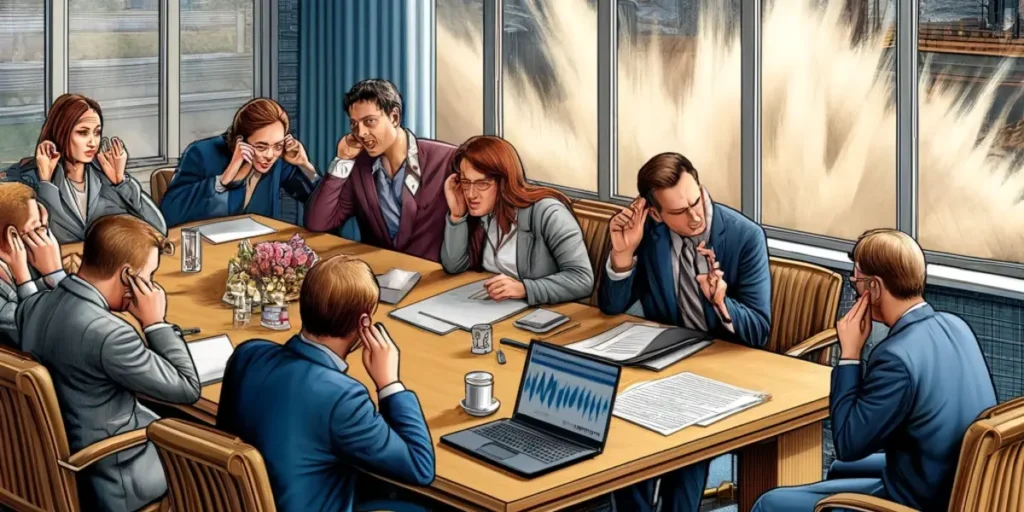
Common Types of External Communication Barriers
Let’s look at the most common obstacles that pop up outside our control:
Physical Barriers
Walls, closed doors, long distances, and even office layout can keep people apart. In-person communication feels easier when you can see each other, but remote work makes this harder. Even a simple desk divider can stop someone from feeling included in a conversation.
Noise and Environmental Distractions
Loud noises, interruptions, and visual distractions can quickly ruin a good talk. Whether it’s chatter from coworkers or construction outside, background noise often makes it tough to listen and respond. Sometimes, people miss important details because they simply can’t hear them.
Technology Issues
In our digital world, we rely on tools like Zoom, email, and instant messaging. But when your internet lags, audio cuts out, or screens freeze, communication suffers. Sometimes, outdated equipment makes it hard to share files or join calls. These headaches are common in both offices and classrooms.
As the Harvard Business Review points out, tech troubles are one of the biggest reasons why remote work communication breaks down.
Social and Cultural Barriers
Different cultures have different communication styles. Maybe your teammate prefers short messages, but you like detailed emails. Language gaps, slang, and different social customs can all create confusion. Even gestures or body language might mean something different from one culture to another.
Organizational Barriers
In some workplaces, too many rules, strict hierarchies, or complicated procedures slow down conversations. Sometimes, important messages get stuck between managers and teams, or people avoid sharing ideas because of office politics. Clear policies and open channels help, but not every organization gets it right.
Information Overload
It’s easy to feel buried under emails, messages, and notifications. When there’s too much information, people miss key points or forget to respond. Studies from SHRM show that employees often feel overwhelmed by digital noise, which leads to mistakes or missed deadlines.
How to Overcome External Barriers to Communication
While you can’t control everything, you can make communication smoother with a few simple changes:
- Use clear and direct language. Skip jargon or technical words when possible.
- Choose the right tools. For important messages, use stable platforms or follow up with a call if needed.
- Limit distractions. Find a quiet space or use headphones during meetings.
- Set clear expectations. Share meeting times, response deadlines, and preferred channels with your team.
- Double-check understanding. Ask for feedback or a summary to make sure your message got through.
- Be mindful of culture and language. Adjust your tone and style when working with people from different backgrounds.
A little patience and flexibility go a long way. Sometimes, just moving to a quieter room or sending a written recap can make all the difference.
Conclusion: Clear Communication is Possible
External barriers will always pop up, but you don’t have to let them ruin your conversations. By recognizing these challenges and taking small steps to work around them, you can build stronger connections—whether you’re talking with coworkers across the world or chatting with your family at home. If you want more tips on improving workplace communication, check out our other guides and resources.
FAQ: External Barriers to Communication
1. What’s the biggest external barrier for remote teams?
Most people struggle with technology issues—like unstable internet or dropped video calls.
2. How can I deal with background noise during calls?
Use noise-canceling headphones or move to a quieter place if possible. Muting your mic when not speaking also helps.
3. Why do time zone differences make things hard?
They can delay responses and make it tricky to set meeting times everyone can join.
4. Can culture really cause miscommunication?
Absolutely! Even simple words or gestures can mean different things in different cultures.
5. What’s a quick tip for better communication at work?
Keep your messages short and clear. Double-check that others understood, especially after virtual meetings.

